Dark-eyed Junco
A species of Juncos Scientific name : Junco hyemalis Genus : Juncos
Dark-eyed Junco, A species of Juncos
Botanical name: Junco hyemalis
Genus: Juncos
Content
Description People often ask General Info
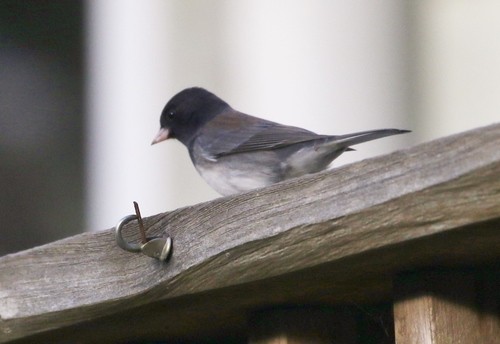 Photo By silversea_starsong , used under CC-BY-NC-4.0 /Cropped and compressed from original
Photo By silversea_starsong , used under CC-BY-NC-4.0 /Cropped and compressed from original Description
One of the most common birds of North America, the dark-eyed Junco lives in flocks in open forests, but it's very common in urban areas. This a highly variable species consists of at least five subspecies. This ground bird is often seen during winter, so it's sometimes called the "Snowbird," although it shares the nickname with the Snow bunting (Plectrophenax nivalis).
Size
15 - 17 cm
Life Expectancy
3-11.1 years
Nest Placement
Ground
Clutch Size
3 - 6 eggs
Incubation Period
1 - 3 broods
Number of Broods
12 - 13 days
Nestling Period
10 - 13 days
Feeding Habits
Dark-eyed Junco's diet consists predominantly of seeds, such as chickweed and buckwheat, constituting roughly 75% of their intake. While favoring millet at feeders, they also consume insects like beetles and caterpillars, especially during the breeding season.
Habitat
Dark-eyed Junco predominantly reside in conifer and mixed forest habitats across North America. These birds prefer environments ranging from sea level to altitudes exceeding 11,000 feet. Favorable conditions include areas with pine, Douglas-fir, spruce, fir, as well as deciduous trees such as aspen, cottonwood, oak, maple, and hickory. Outside the breeding season, dark-eyed Junco adapt to a broader spectrum of habitats, including open woodlands, fields, roadsides, parks, and gardens.
Nest Behavior
Dark-eyed Junco's nesting season includes building the nest over 3-7 days, with the female exclusively taking charge of the construction. Egg-laying follows, but details on the pattern were not provided. After eggs are laid, both parents are involved in caring for the eggs and the young, although specifics on their roles are not given.
Nest Characteristics
Dark-eyed Junco's nests are found in depressions or niches on sloping ground, under upturned trees, or in urban settings under buildings. They sometimes nest on branches, ledges, or artificial structures. The nests, shaped by the female using her beak and body, can vary widely from a simple grass lining to a structure of twigs, leaves, moss, grasses, ferns, rootlets, hair, and moss. Sizes range from 3-5.5 inches across, with inner dimensions of 2.4-2.8 inches by 1.6-2.8 inches deep.
Dite type
Granivorous
People often ask
General Info
Feeding Habits
Bird food type

Black Oil Sunflower Seeds

Hulled Sunflower Seeds

Safflower
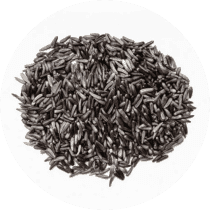
Nyjer
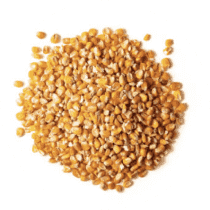
Cracked Corn
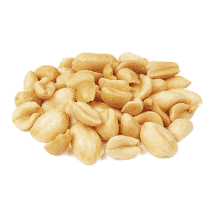
Peanut Hearts
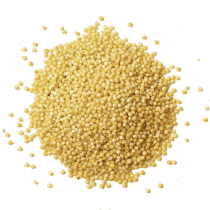
Millet
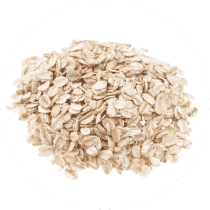
Oats

Milo
Bird Feeder Type

Large Hopper

Platform

Ground
Sounds
Call
Recording location: United States
Song
Recording location: United States
Song
Recording location: United States
Behavior
The dark-eyed Junco showcases distinctive foraging habits, employing a combination of hopping and flitting to uncover or glean food from the ground and foliage. They adeptly catch insects in mid-air or from tree trunks, with agility accentuated by the flashing white of their tail feathers in flight. Summers see male dark-eyed Junco fiercely territorial, vigorously defending their realms through enthusiastic chases and vocal displays. Courtship involves elaborate wing and tail displays coupled with hopping and nest material collection. In winter, dark-eyed Junco switch to social flocking, often comprising various subspecies and mixing with other birds, maintaining a strict social hierarchy within groups.
Species Status
Not globally threatened.
Scientific Classification
Phylum
Chordates Class
Birds Order
Perching birds Family
New world sparrows Genus
Juncos Species
Dark-eyed Junco